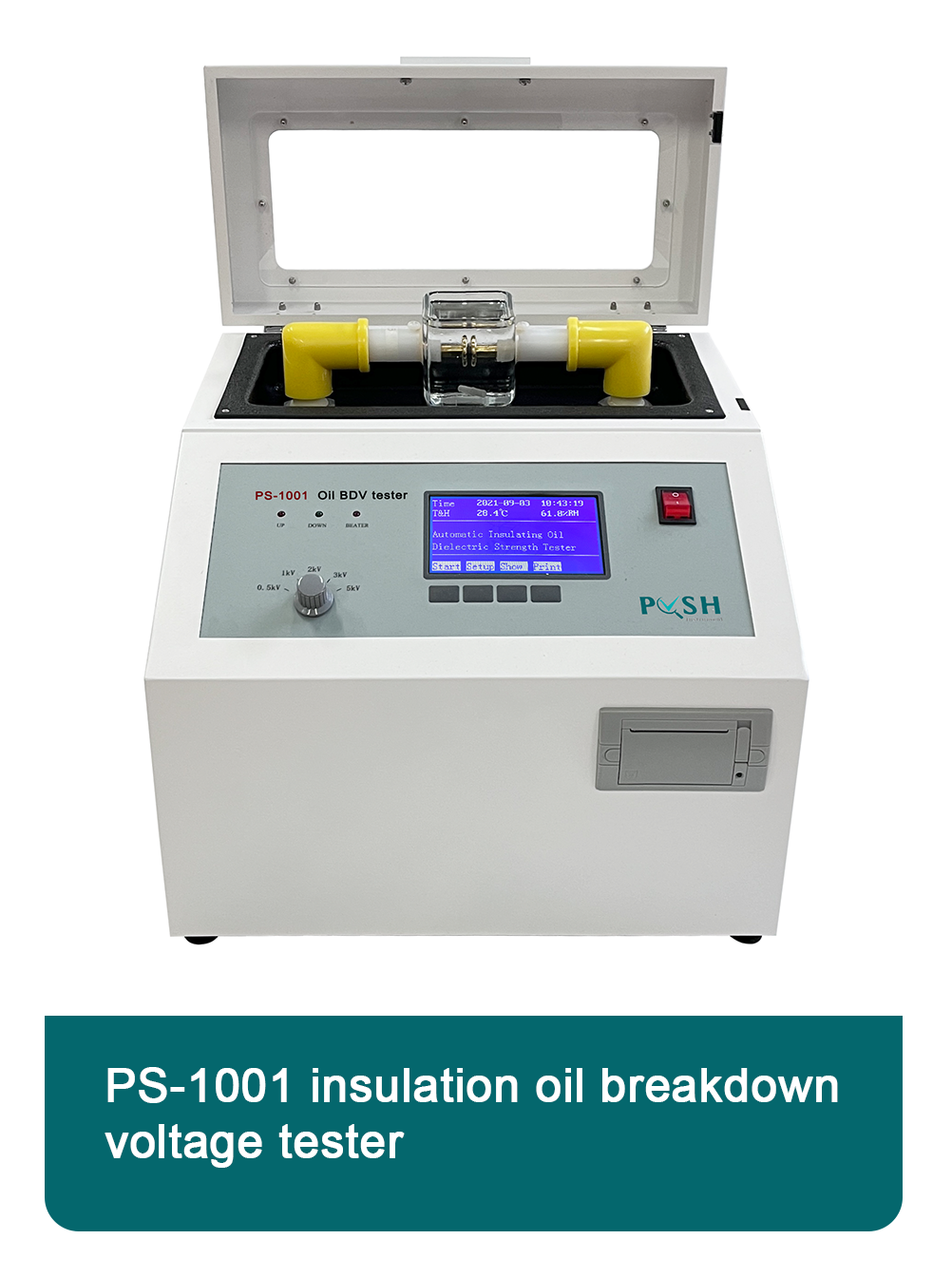TEL:
+86-0312-3189593
 English
English

Telephone:0312-3189593

Email:sales@oil-tester.com

-
 Afrikaans
Afrikaans -
 Albanian
Albanian -
 Amharic
Amharic -
 Arabic
Arabic -
 Armenian
Armenian -
 Azerbaijani
Azerbaijani -
 Basque
Basque -
 Belarusian
Belarusian -
 Bengali
Bengali -
 Bosnian
Bosnian -
 Bulgarian
Bulgarian -
 Catalan
Catalan -
 Cebuano
Cebuano -
 China
China -
 China (Taiwan)
China (Taiwan) -
 Corsican
Corsican -
 Croatian
Croatian -
 Czech
Czech -
 Danish
Danish -
 Dutch
Dutch -
 English
English -
 Esperanto
Esperanto -
 Estonian
Estonian -
 Finnish
Finnish -
 French
French -
 Frisian
Frisian -
 Galician
Galician -
 Georgian
Georgian -
 German
German -
 Greek
Greek -
 Gujarati
Gujarati -
 Haitian Creole
Haitian Creole -
 hausa
hausa -
 hawaiian
hawaiian -
 Hebrew
Hebrew -
 Hindi
Hindi -
 Miao
Miao -
 Hungarian
Hungarian -
 Icelandic
Icelandic -
 igbo
igbo -
 Indonesian
Indonesian -
 irish
irish -
 Italian
Italian -
 Japanese
Japanese -
 Javanese
Javanese -
 Kannada
Kannada -
 kazakh
kazakh -
 Khmer
Khmer -
 Rwandese
Rwandese -
 Korean
Korean -
 Kurdish
Kurdish -
 Kyrgyz
Kyrgyz -
 Lao
Lao -
 Latin
Latin -
 Latvian
Latvian -
 Lithuanian
Lithuanian -
 Luxembourgish
Luxembourgish -
 Macedonian
Macedonian -
 Malgashi
Malgashi -
 Malay
Malay -
 Malayalam
Malayalam -
 Maltese
Maltese -
 Maori
Maori -
 Marathi
Marathi -
 Mongolian
Mongolian -
 Myanmar
Myanmar -
 Nepali
Nepali -
 Norwegian
Norwegian -
 Norwegian
Norwegian -
 Occitan
Occitan -
 Pashto
Pashto -
 Persian
Persian -
 Polish
Polish -
 Portuguese
Portuguese -
 Punjabi
Punjabi -
 Romanian
Romanian -
 Russian
Russian -
 Samoan
Samoan -
 Scottish Gaelic
Scottish Gaelic -
 Serbian
Serbian -
 Sesotho
Sesotho -
 Shona
Shona -
 Sindhi
Sindhi -
 Sinhala
Sinhala -
 Slovak
Slovak -
 Slovenian
Slovenian -
 Somali
Somali -
 Spanish
Spanish -
 Sundanese
Sundanese -
 Swahili
Swahili -
 Swedish
Swedish -
 Tagalog
Tagalog -
 Tajik
Tajik -
 Tamil
Tamil -
 Tatar
Tatar -
 Telugu
Telugu -
 Thai
Thai -
 Turkish
Turkish -
 Turkmen
Turkmen -
 Ukrainian
Ukrainian -
 Urdu
Urdu -
 Uighur
Uighur -
 Uzbek
Uzbek -
 Vietnamese
Vietnamese -
 Welsh
Welsh -
 Bantu
Bantu -
 Yiddish
Yiddish -
 Yoruba
Yoruba -
 Zulu
Zulu
Feb . 16, 2025 09:54
Back to list
PS-JSB01 Transformer Dielectric Loss Analysis Tan Delta Tester
In the field of electrical engineering, the health and efficiency of transformers directly impact the reliability of many power systems. Among the various parameters used to assess transformer health, the tan delta of transformer oil stands as an essential indicator. This parameter provides pivotal insights into the oil's insulating properties, which can help in foreseeing potential transformer failures. This article will delve into how the tan delta can be used as an effective measure to prolong transformer life and enhance system reliability.
Numerous studies and field reports highlight the importance of the tan delta test. In regions with extreme weather conditions, for example, fluctuations in temperature and humidity levels can accelerate oil degradation. By integrating regular tan delta testing into the maintenance routine of transformers, operators have documented cases of increased MTBF (Mean Time Between Failures) and extended the life span of transformers, yielding tangible economic benefits. Industry experts recommend systematic testing after installation, during regular maintenance schedules, and when transformers are suspected of operating under stressed conditions. Such rigorously enforced protocols ensure the transformer operates within safe parameters and maintains power system integrity. Transformers equipped with modern monitoring systems provide real-time notifications of any anomalies via SCADA (Supervisory Control and Data Acquisition) systems. These alerts can include a variety of parameters, of which the tan delta is a critical component. Each deviation from the norm triggers inspections that can prevent larger faults, supporting a proactive approach to maintenance that integrates both online monitoring and offline diagnostics. In conclusion, the tan delta of transformer oil is not just a figure on a report; it represents fundamental insights into the electrical and chemical stability of the transformer’s operation. It is a beacon for maintenance teams, guiding them in making informed decisions to secure the reliability of power distribution networks. Leveraging this parameter, therefore, not only upholds safety and efficiency but also demonstrates a commitment to technological stewardship in managing essential electrical infrastructure.


Numerous studies and field reports highlight the importance of the tan delta test. In regions with extreme weather conditions, for example, fluctuations in temperature and humidity levels can accelerate oil degradation. By integrating regular tan delta testing into the maintenance routine of transformers, operators have documented cases of increased MTBF (Mean Time Between Failures) and extended the life span of transformers, yielding tangible economic benefits. Industry experts recommend systematic testing after installation, during regular maintenance schedules, and when transformers are suspected of operating under stressed conditions. Such rigorously enforced protocols ensure the transformer operates within safe parameters and maintains power system integrity. Transformers equipped with modern monitoring systems provide real-time notifications of any anomalies via SCADA (Supervisory Control and Data Acquisition) systems. These alerts can include a variety of parameters, of which the tan delta is a critical component. Each deviation from the norm triggers inspections that can prevent larger faults, supporting a proactive approach to maintenance that integrates both online monitoring and offline diagnostics. In conclusion, the tan delta of transformer oil is not just a figure on a report; it represents fundamental insights into the electrical and chemical stability of the transformer’s operation. It is a beacon for maintenance teams, guiding them in making informed decisions to secure the reliability of power distribution networks. Leveraging this parameter, therefore, not only upholds safety and efficiency but also demonstrates a commitment to technological stewardship in managing essential electrical infrastructure.
Latest news
-
Testing Equipment Industry Sees Major Advancements in 2025: Smart & Precision Technologies Lead the WayNewsJun.06,2025
-
Applications of Direct Current Generators in Renewable Energy SystemsNewsJun.05,2025
-
Hipot Tester Calibration and Accuracy GuidelinesNewsJun.05,2025
-
Digital Circuit Breaker Analyzer Features and BenefitsNewsJun.05,2025
-
Benefits of Real-Time Power Quality Monitoring Devices for Industrial EfficiencyNewsJun.05,2025
-
Earth Fault Loop Testing in High-Rise Building Electrical SystemsNewsJun.05,2025



